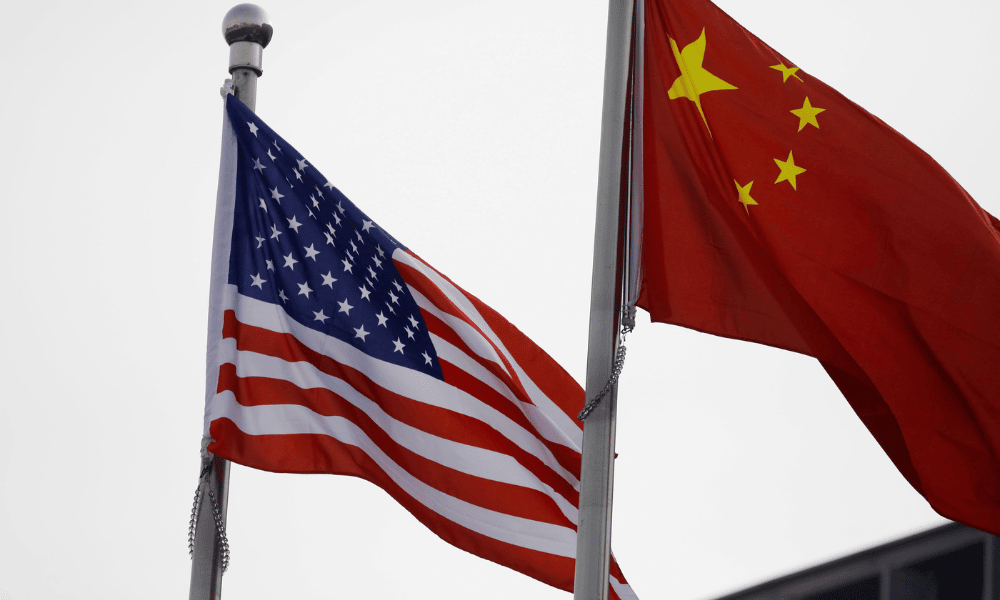
China’s dominance in rare earths makes U.S. supply chains vulnerable, U.S. Trade Representative Katherine Tai said in an exclusive interview Saturday with CNBC’s Martin Soong.
| Are you a Tax Lawyer in USA? 👉Transform Your Brand: Click for Metamorphosis👈 |
Rare earth metals are used in high-tech products such as electric car motors. Over the decades, China has built up its ability to process the metals — giving it enormous pricing power in a critical global market.
“What I want to draw your attention to is not just the vulnerabilities around China’s investments [overseas], but the fact that China’s dominant position in the world market now in [rare earths] means that it is able to turn on the faucet and turn off the faucet,” Tai said.
“And until we are able to access and create additional supply chains we remain entirely vulnerable to that leverage,” the U.S. trade representative said. Tai was speaking in New Delhi, India, on the sidelines of B20, the official business dialogue forum of the G20.
Tai pointed out that about a decade ago, China raised rare earths prices so high that some U.S. mines were able to operate in the industry again, only to have to close once China cut prices.
The U.S. held a majority stake in the rare earths metals market prior to the 1980s. But lower labor costs overseas, as well as less pressure on environmental standards, helped send the rare earths industry out of the U.S.
“The advantage in terms of China’s dominance isn’t necessarily a natural advantage,” Tai said. “It’s not that they have more rare earths but that they were able to pursue coordinated industrial and trade policies that allowed them to corner the market.”
The Chinese government sets economic plans at least every five years, with some goals — such as boosting self-sufficiency in technology and reaching carbon neutrality — set years earlier in advance.
While such top-down planning isn’t guaranteed to achieve results, the electric car industry has become an example of where Chinese industry has been able to capture significant market share across the supply chain, including the end product.
The level of U.S. reliance on China-based manufacturing came to the forefront during the Trump administration, and accelerated when the Covid-19 pandemic in 2020 disrupted global supply chains. The Biden administration has announced multibillion-dollar initiatives to encourage companies to develop and manufacture critical technologies in the U.S.
“Where we are in terms of our supply chains today is not where we want to be,” Tai told CNBC on Saturday. “We know that we’re vulnerable.
Where we want to be is in a place where our supply chains are more diversified, where we have more confidence in them, where we just have more options.”